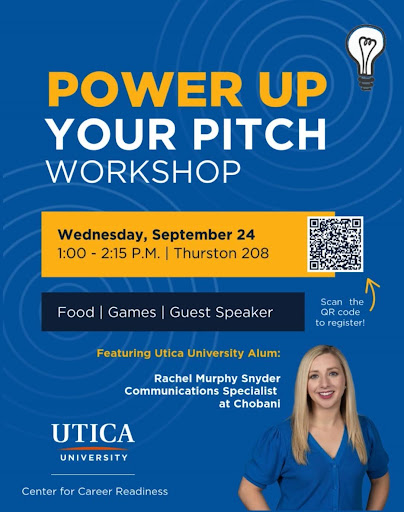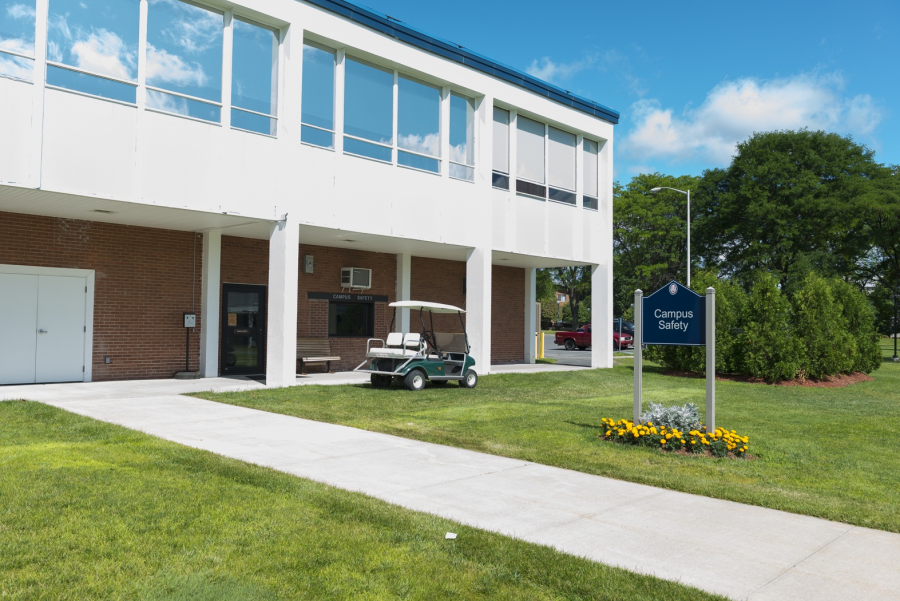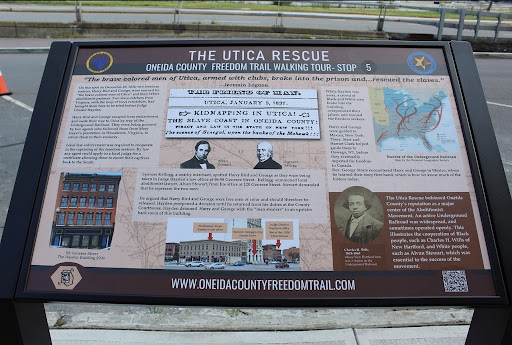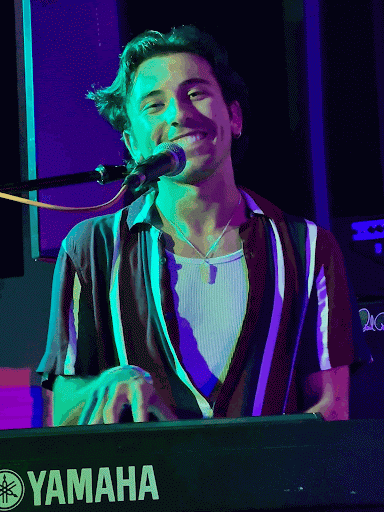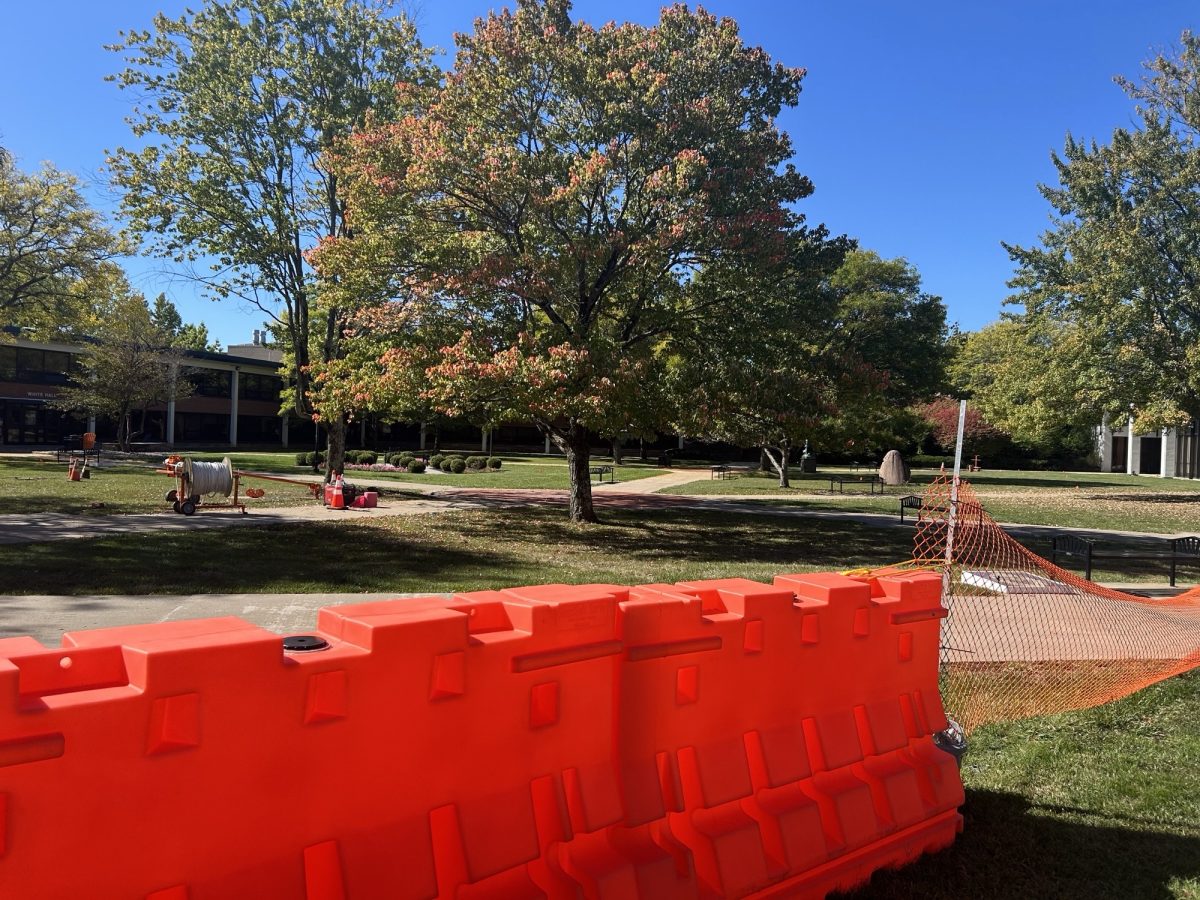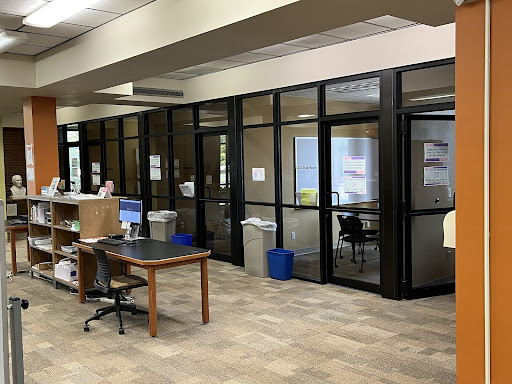On Sunday Sept. 27, the body of 19-year-old Elizabeth Garrow was discovered in Canastota after she had been reported as missing for over three days. She leaves behind a toddler and was pregnant with her second child when she died.
While local police claim to have a number of people of interest in custody, the issue of safety has been on the minds of many since the incident. Garrow was in her hometown and was out in public when she seemingly vanished, leading law enforcement on a chase for days.
Garrow’s story hit home for many, including parents of young teenagers. Some question how Utica College works to keep its students safe from danger – after all, Garrow was of college-age.
Utica College updates its campus safety regulations each year to ensure that the thousands of students who roam the grounds remain safe especially in accordance to statistics released from The Clery Act, but stresses to students that their safety also relies on the actions they take on and off campus.
“For many students, college is their first real taste of unsupervised living and being away from parents and surrounded by new friends often feels empowering and exciting,” Director of Campus Safety Musco Millner said. “While this combination creates an amazing experience for most people, it can unfortunately put young adults in high risk situations to which they have never been exposed.”
COVID safety mandates aside, UC has implemented numerous measures to make sure that students feel safe and secure while spending time on campus.
“UC has a 24/7 Campus Safety detail, inclusive of roving foot and vehicular patrols to rapidly respond to incidents on campus as well as a strong relationship with local law enforcement officials,” Millner said. “Numerous ‘Blue Lights’ (emergency call boxes) are positioned in various areas throughout the campus, building access is controlled via proximity cards and surveillance cameras are placed in strategic locations to allow for continual safety monitoring 24/7.”
Millner also explained that UC has an alert system that sends mass texts and emails to students immediately if an emergency were to arise. In addition, Campus Safety officers are available to give students, faculty and staff rides to and from various parts of campus if they were to feel unsafe walking alone.
“I think that the campus does a great job at making sure we feel safe,” said Amanda Yates, a sophomore. “Nighttime can be a little scary, especially if you have a long walk to your car, but I have personally never felt worried about being on campus.”
As far as venturing off-campus, Millner shared advice that one should take, specifically if alcohol is involved.
“If you place a beverage down, do not return to consume that beverage, whether you had someone watch after it or not,” Millner said. “If you are not watching it, you are not drinking it.”
Millner also acknowledged the fear that some may feel walking alone, especially at night.
“Let someone know where you are going and when you are expected to return, as well as who you are going with and be aware of your surroundings,” Millner continued. “If your ‘Spider-Man sense’ is tingling, it is time for you, and everyone with you, to depart. Refrain from walking alone anywhere and we recommend students to avoid using ride-sharing services alone as well.”
Millner, who was selected as the new director of campus safety in 2019, feels that the college has seen major improvement in the overall safety of the campus, but knows that there is still work to be done.
“It is in my opinion that this campus is safe,” Millner said. “Nevertheless, that does not mean that we cannot do better. The worst thing that one can do is to become complacent when it comes to safety. At Campus Safety, our motto is that we can always do something better than we did it before. This outlook generates an environment in which there is a continual effort to improve safety, so as to not become content, but rather remain on alert and constantly aware of the campus environment and try to make it better.”
Millner said the office are open to new ideas to make the campus safer and take the concerns of students, faculty and staff very seriously. While it is Campus Safety’s job to enforce these regulations, it is also up to the individual to take steps to create a safe environment for themselves and others as well.
“If you see something, say something,” Millner said. “Many incidents can be avoided if someone steps up at the first sign of distress. Being prepared and having a plan of action for when problems do arrive can often mean the difference between a close call and a damaging event. In short, safety first, fun second.”































































